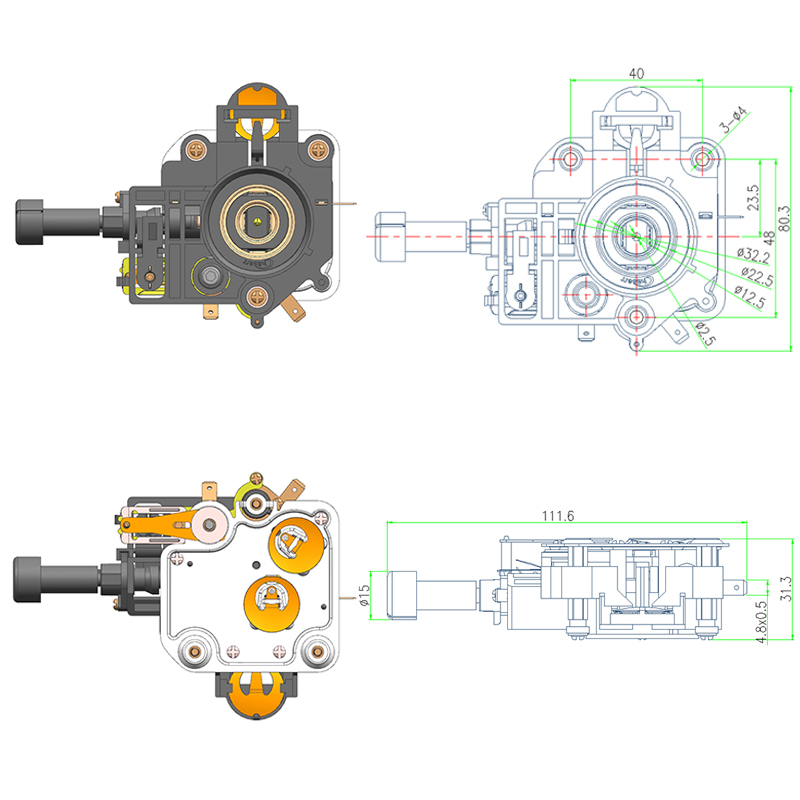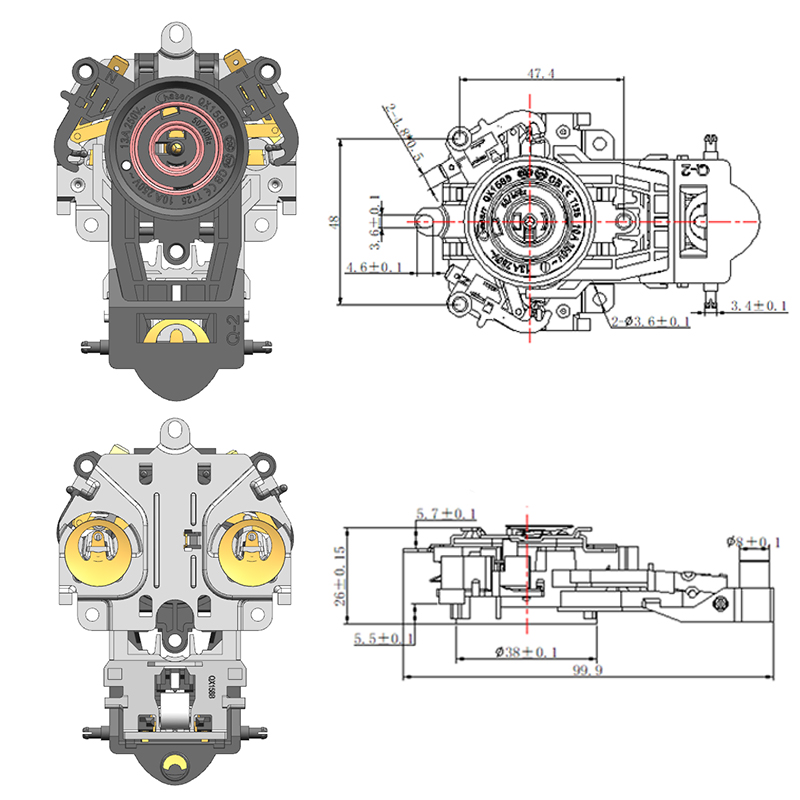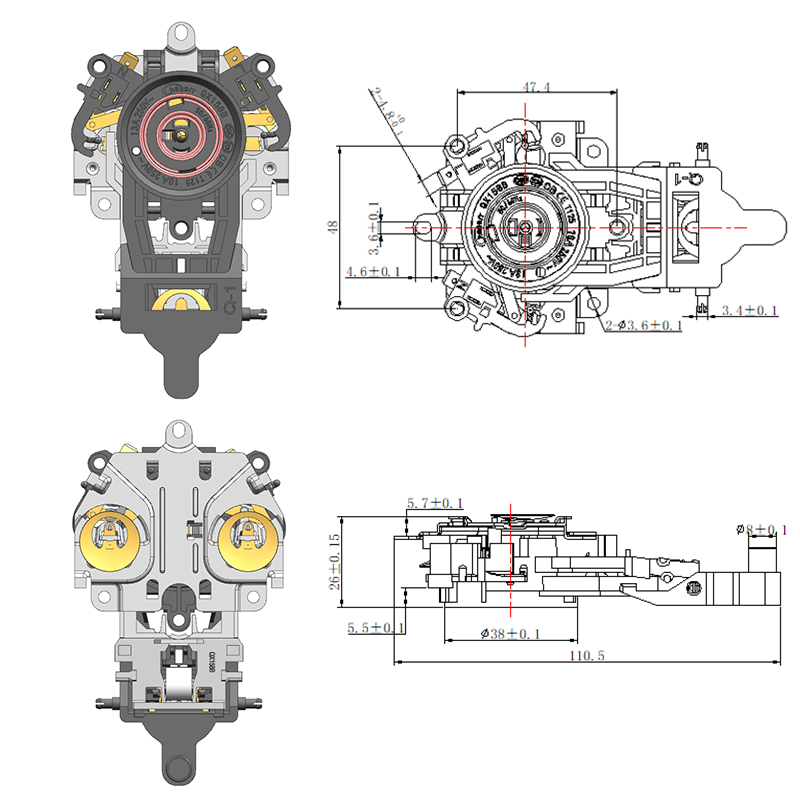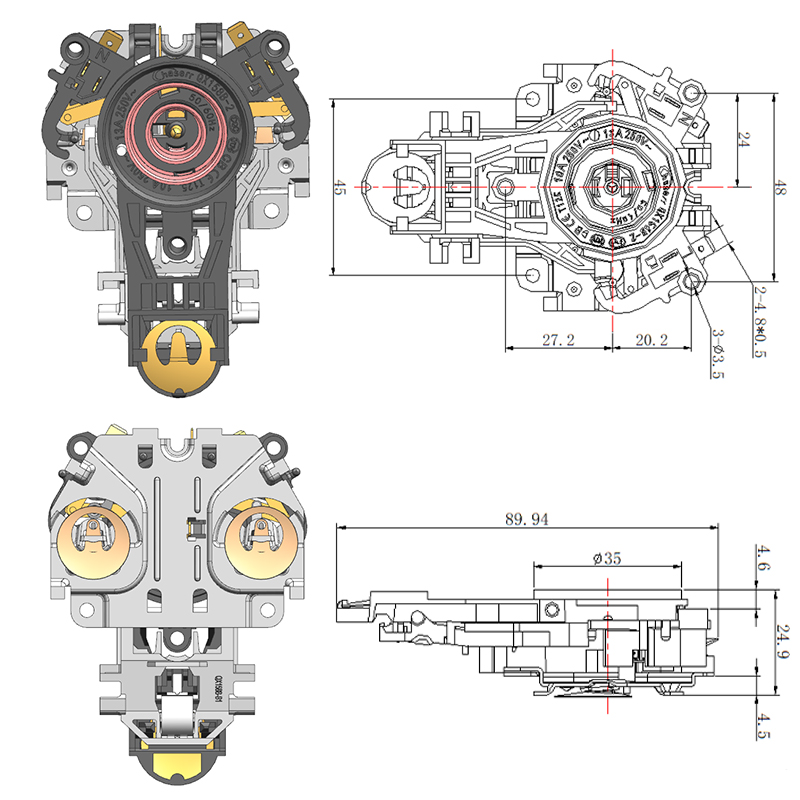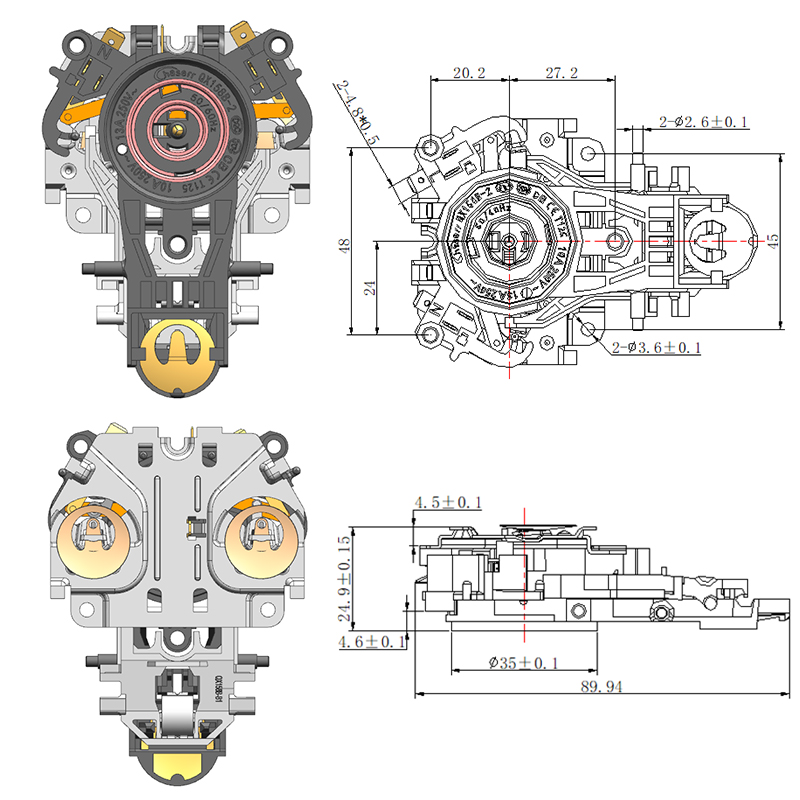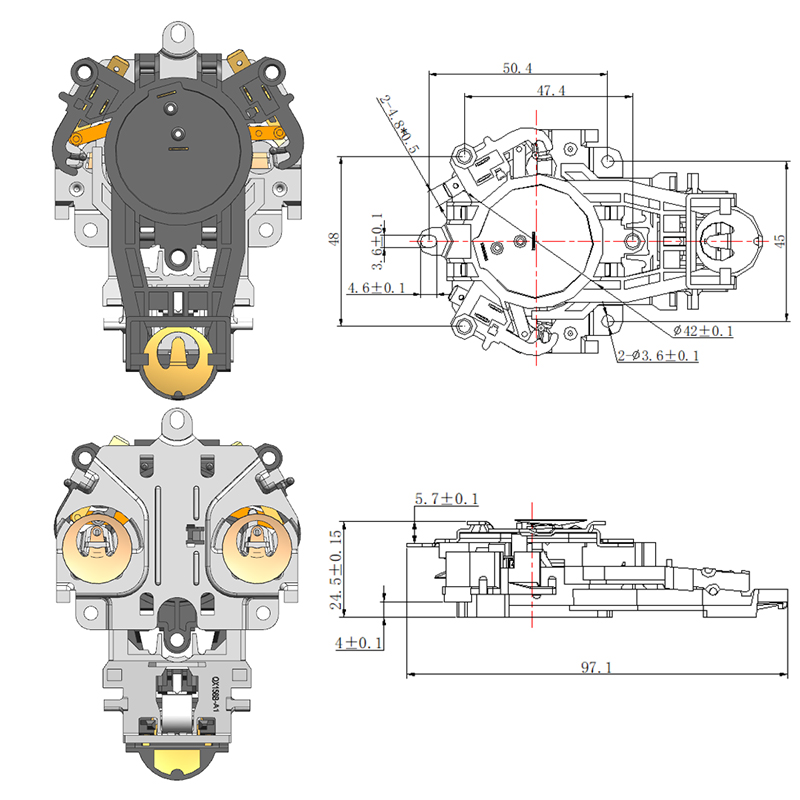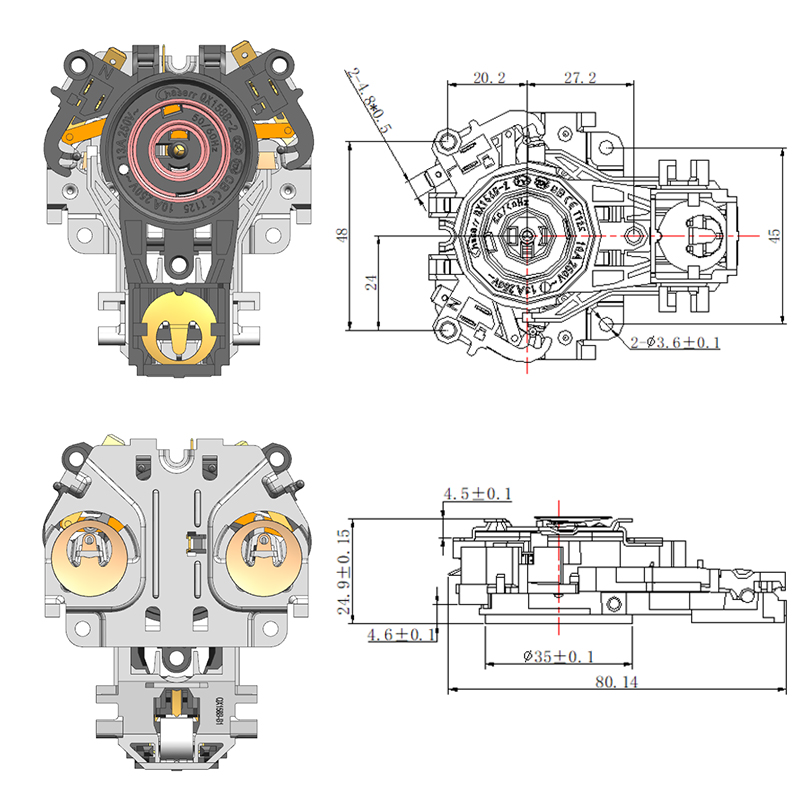The Mechanism Behind Kettle Switch Activation Using Bimetal Temperature Technology Explained
Introduction to Kettle Switches and Temperature Control
Electric kettles rely heavily on precise temperature regulation to ensure safe and efficient operation. At the heart of this regulation lies the Kettle Switch, a device that controls the power supply to the heating element. One common type of kettle switch uses bimetal temperature technology, which offers a reliable and cost-effective method for activating and deactivating the kettle's heating function. Understanding how the Bimetal Kettle Temperature Switch works provides valuable insight into the simplicity and effectiveness of this mechanism.

What is a Bimetal Kettle Temperature Switch?
A Bimetal Kettle Temperature Switch consists of two metals with different coefficients of thermal expansion bonded together into a single strip or disc. When exposed to heat, each metal expands at a different rate, causing the bimetal element to bend or snap. This bending movement is used to mechanically open or close an electrical circuit within the Kettle Switch.
This simple mechanical design allows the kettle to automatically turn off once the water reaches a boil, preventing overheating or dry boiling, which can be hazardous.
The Activation Process of the Kettle Switch
When the electric kettle is turned on, electricity flows through the Kettle Switch to the heating element, which begins heating the water. As the water temperature rises, heat transfers to the bimetal element within the switch. Due to the difference in expansion rates of the two metals, the bimetal strip gradually bends.
Once the water reaches a preset temperature—usually around 100°C—the bending reaches a critical point where the bimetal strip snaps, causing the electrical contacts inside the Kettle Switch to separate. This action breaks the electrical circuit, cutting power to the heating element and stopping the heating process immediately.
Advantages of Bimetal Technology in Kettle Switches
One of the main benefits of the Bimetal Kettle Temperature Switch is its mechanical simplicity. Since it operates without the need for complex electronic components, it is highly durable and less prone to failure caused by electrical surges or sensor malfunctions.
Furthermore, the rapid snapping action of the bimetal element provides reliable and consistent operation, ensuring the kettle switches off promptly when the desired temperature is reached. This precision enhances safety by preventing overheating and potential damage to the kettle.
Durability and Maintenance
The mechanical nature of the Kettle Switch equipped with bimetal technology means it can withstand numerous heating cycles without significant wear. However, over time, repeated bending can cause metal fatigue, potentially reducing sensitivity or causing failure.
Regular inspection and replacement of the Bimetal Kettle Temperature Switch as part of appliance maintenance can ensure continued safe operation. Using high-quality switches designed specifically for the kettle model helps maintain reliability and longevity.
The Bimetal Kettle Temperature Switch is a cornerstone of electric kettle safety and functionality. By harnessing the physical properties of two metals expanding at different rates, the switch provides a simple, effective mechanism for controlling heating cycles. Its ability to accurately detect temperature changes and activate or deactivate the Kettle Switch ensures that kettles operate safely, efficiently, and reliably. This technology remains widely used today due to its proven performance and durability in everyday household appliances.

 English
English  中文简体
中文简体  Español
Español 
